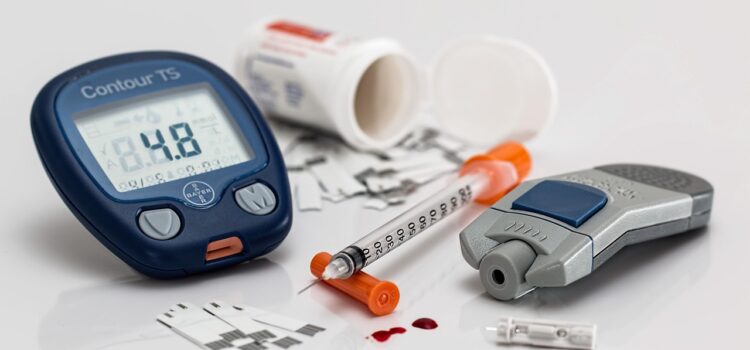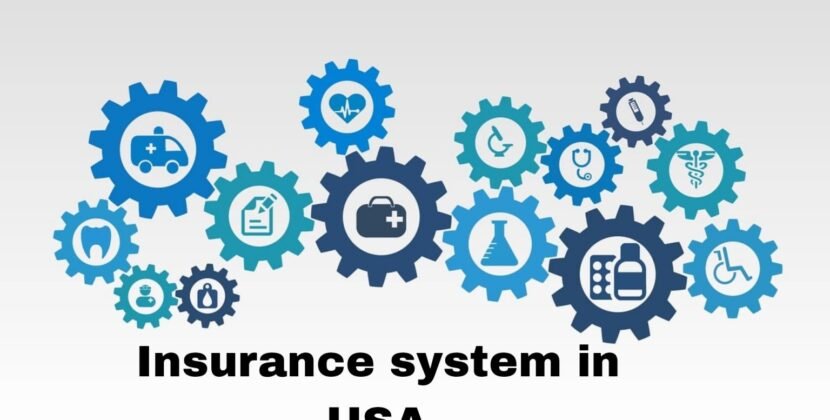Clearing regulatory hurdles is a significant milestone for any health tech company, particularly when working under the scrutiny of the Food and Drug Administration (FDA). Yet earning regulatory approval is not the finish line; it marks the beginning of a continuous journey. In the quest to launch quickly and achieve scale, companies must remain vigilant that compliance alone does not equate to quality care. To genuinely benefit patients, digital health tools need to go beyond merely meeting regulatory requirements. Joe Kiani, founder of Masimo and Willow Laboratories, recognizes the necessity of moving past minimum standards to address the real-world needs of patients and healthcare providers. Approval might grant a license to operate, but lasting success stems from making a tangible, positive impact on people’s lives.
This commitment to patient-centered innovation means continuously refining products based on clinical feedback, real-world data and patient experiences. It requires embracing an ongoing sense of responsibility, where progress is driven not just by regulations but by empathy and meaningful health outcomes. In a field where lives are at stake, the most impactful health tech solutions are those that prioritize people over performance metrics.
Compliance is the Baseline, Not the Benchmark
The FDA focuses on safety, efficacy and risk mitigation and rightly so. These are essential elements of public health protection. But meeting these criteria doesn’t guarantee usability, accessibility or long-term engagement.
A product can be technically compliant and still frustrate users, confuse patients or exclude certain groups. True patient-centered innovation starts with asking how people live, think and interact with technology and designing accordingly.
Design for Real-World Scenarios
Too often, tools that pass FDA review are optimized for clinical environments, not everyday life. For example, an app might function well in a lab but fail in low-bandwidth areas. Wearables might pass performance thresholds but still be uncomfortable or hard to interpret. Designing for real-world use means testing beyond controlled settings. It includes:
- Conducting usability studies with diverse populations
- Simulating daily interruptions, distractions and emotional states
- Prioritizing accessibility for people with disabilities or limited health literacy
If a tool cannot be integrated into people’s routines, it will not deliver long-term value, even if it’s FDA-cleared.
Patient Feedback is Essential, Not Optional
Regulatory submissions often involve limited user feedback, typically focused on safety endpoints and technical performance. To create solutions that work in the real world, continuous input from patients is essential. Companies should:
- Launch pilot programs before wide release
- Incorporate in-app surveys and feedback features
- Include patient advisors on product development teams
Listening to patients throughout development ensures that tools reflect real-world needs and evolve with changing expectations. It allows developers to identify usability gaps, surface unanticipated barriers and refine functionality to better fit daily life.
Joe Kiani Masimo founder observes, “It’s not just about collecting data. It’s about delivering insights that empower people to make better decisions about their health.” This principle highlights the importance of user-driven insight as a foundation for meaningful digital health tools.
By fostering a collaborative feedback loop, companies can build technologies that remain relevant, trusted and truly impactful. This approach transforms users from testers into partners, ensuring that digital health stays grounded in practical benefits rather than abstract performance metrics.
Measure Impact Beyond the Clinic
Clinical outcomes matter, but so do lifestyle, convenience and peace of mind. A tool’s real test is how it performs between appointments, during moments of uncertainty or stress or when motivation wanes.
Companies that measure success in ways that reflect everyday realities, like improved adherence, reduced anxiety or better communication, build more trust and stay more relevant. Metrics like time saved, emotional reassurance, or clarity of health insights can offer additional proof points for effectiveness.
Make Updates Part of the Plan
FDA clearance reflects a snapshot in time. But people, technology, and care environments develop. Tools must develop, too. Ethical companies commit to:
- Regular software updates and bug fixes
- Transparency about what’s changing and why
- Post-market surveillance that tracks both usage and outcomes
This proactive mindset helps address emerging issues early and reinforces long-term trust. Responsiveness to new data, regulations and patient feedback signals a commitment to long-term care, not just launch-day success.
Don’t Confuse Data Collection with Empowerment
A tool that collects data but doesn’t share insights isn’t patient-centered; it’s extractive. Regulatory approval might validate accuracy, but that doesn’t mean the user knows what to do with the results. Empowering design includes:
- Clear, actionable insights
- Visualizations that are easy to understand
- Guidance tailored to individual goals
The goal is not just to monitor but to motivate. Interfaces should bridge the gap between information and action, supporting patients in managing their conditions more confidently.
Be Transparent About Limitations
No tool is perfect. Yet the race to market can lead to overpromising. Ethical companies are upfront about what a product can and cannot do. It includes:
- Disclaimers about when clinical guidance is needed
- Explanations of margin of error and confidence levels
- Honest marketing that prioritizes education over hype
Transparency builds credibility. Patients and providers are more likely to trust a tool that sets realistic expectations.
Built for Equity, Not Just Efficiency
FDA approval applies equally, but access does not. Tools that require the latest devices, constant connectivity or a high level of health literacy may exclude those who could benefit most. Serving patients means:
- Offering offline or low-data modes
- Supporting multiple languages
- Partnering with community organizations to reach underserved groups
Health tech can either widen disparities or help close them. The difference is in the design. Equity-minded development ensures a broader population can benefit from innovation, especially those historically underserved by traditional systems.
Collaborate With Clinicians, Not Just Regulators
Getting a green light from regulators doesn’t mean clinicians are ready to integrate a tool into care. Doctors, nurses and other frontline staff need to understand, trust and find value in new technologies. Co-designing tools with clinicians ensures:
- Alignment with existing workflows
- Clear documentation for interpretation
- Fewer disruptions during care delivery
When tools fit seamlessly into the provider’s experience, adoption grows, and so does patient benefit. Clinicians also become advocates for technology when they see its value in practice.
Getting FDA clearance is an achievement worth celebrating. But it should never be the end of the conversation. Patient-centered care requires continuous feedback, ethical leadership and relentless improvement.
Building tools that truly serve patients means going beyond regulatory requirements. It means designing with empathy, listening with humility and acting with integrity. In a space where credibility is everything, those who prioritize real-world impact will lead the way, not just in compliance but in care.
The future of health tech lies in the hands of companies willing to ask the harder questions: Who are we helping? How are we helping them? And are we doing it in a way that respects their lived experience? When these questions guide innovation, technology becomes not just functional but truly transformational in the lives of those it serves.













